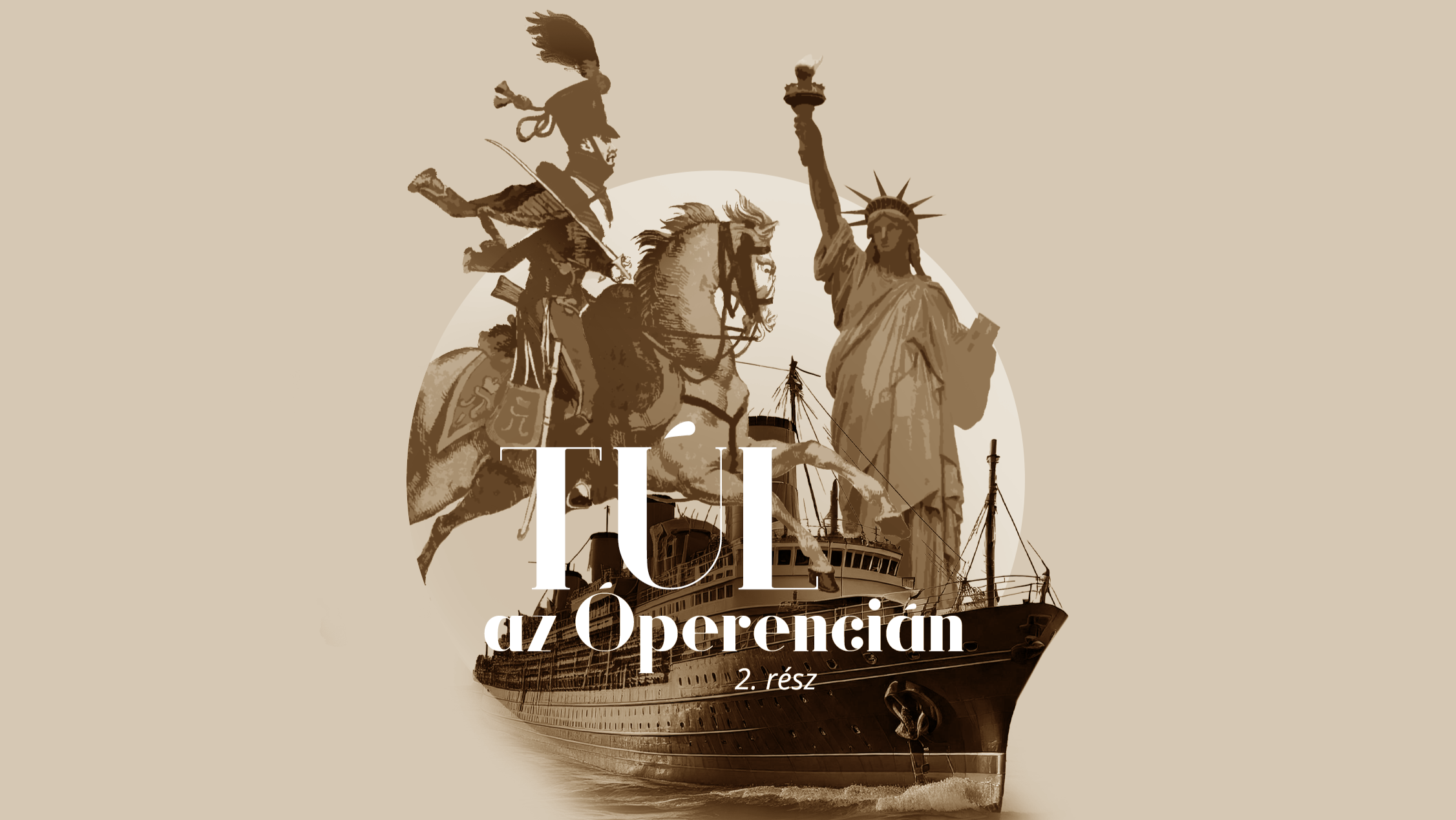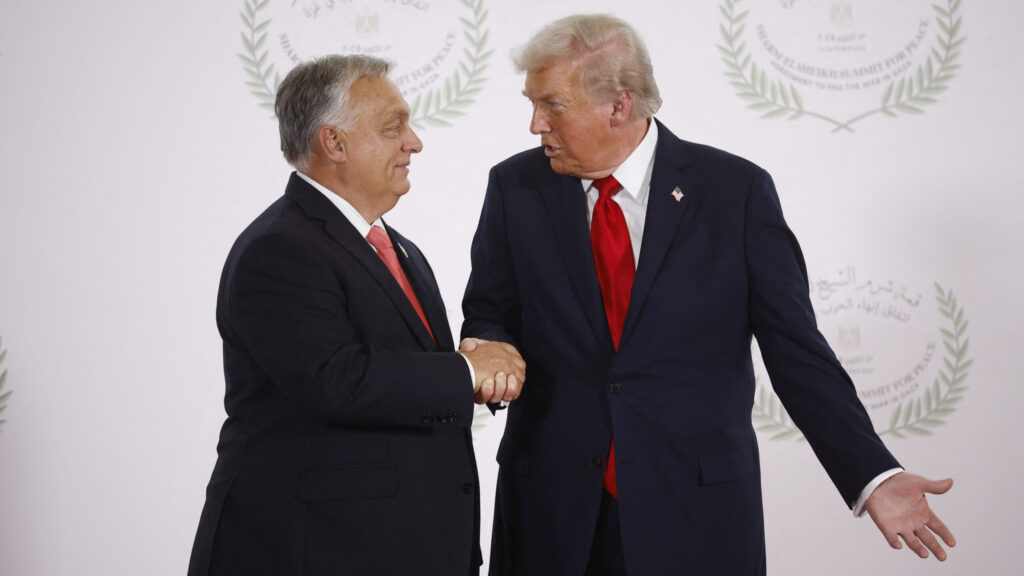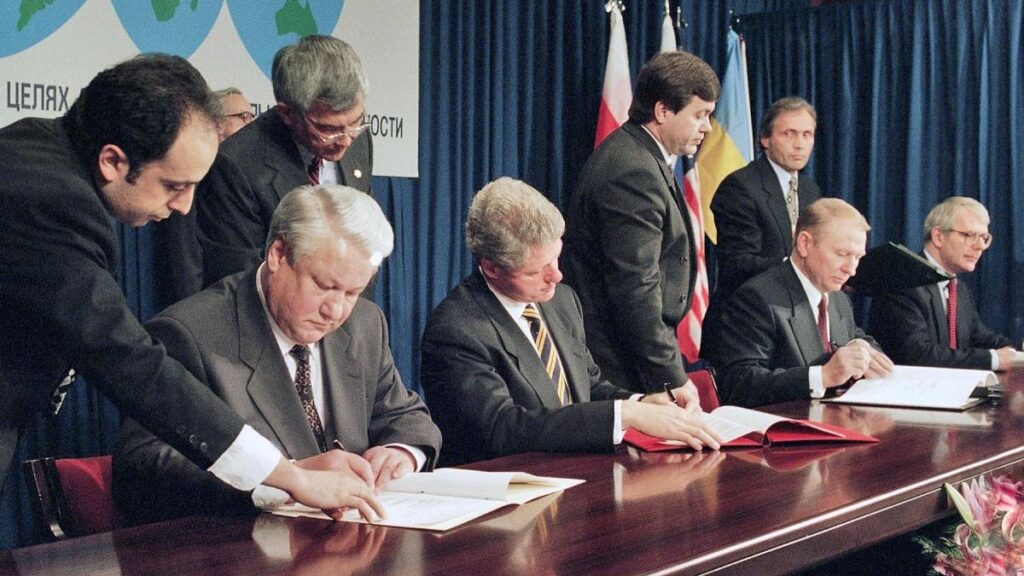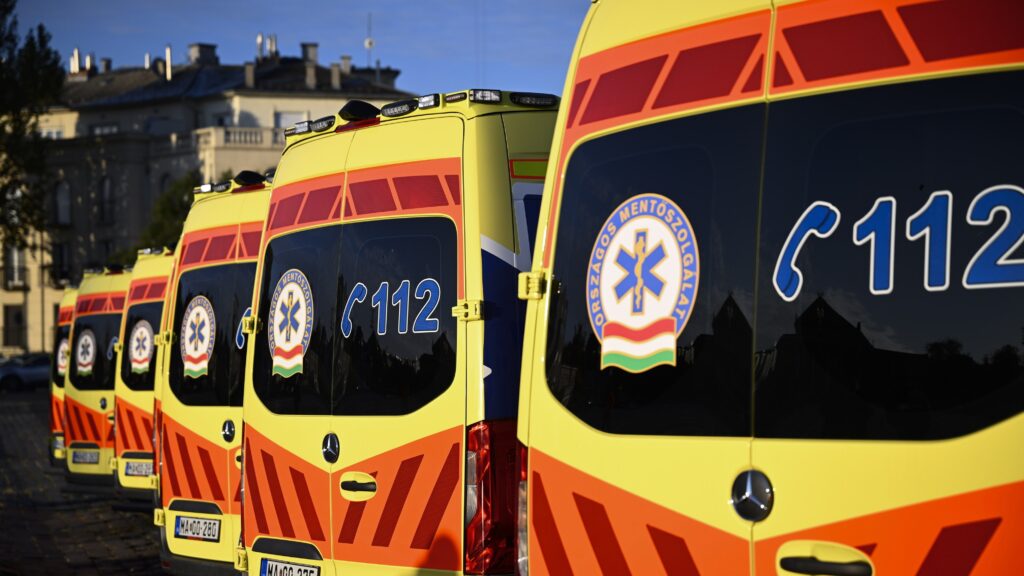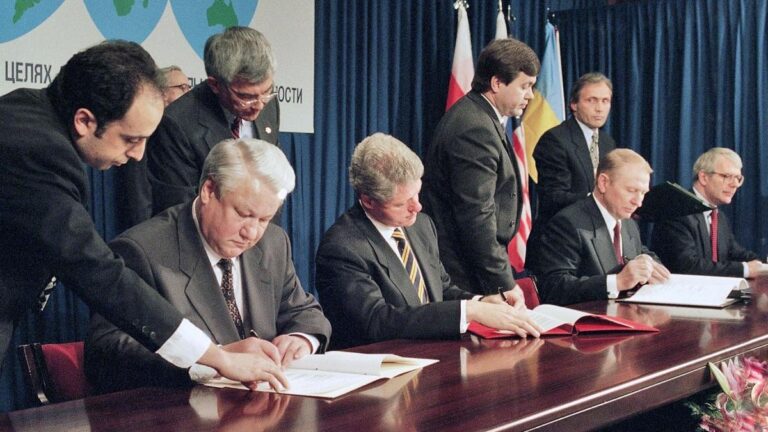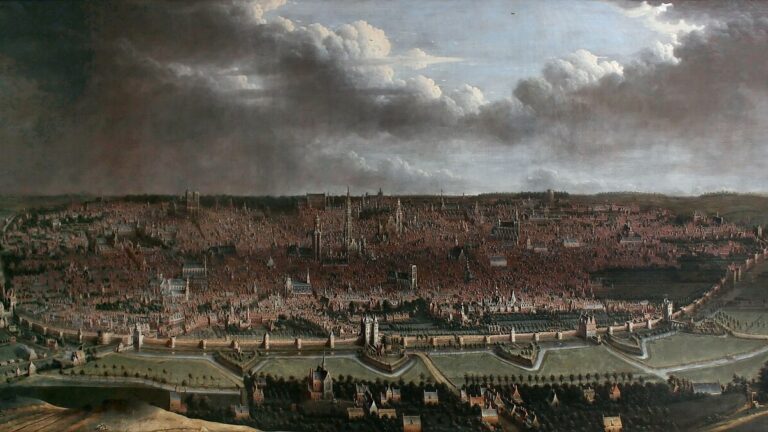The following is an adapted version of an article written by Lázár Pap, originally published in Hungarian in Magyar Krónika.
America—the new world, the land of opportunity, the land of the free. In the 19th and 20th centuries, hundreds of thousands of Hungarians left their former lives behind to cross the Atlantic and try their luck Far Far Away, that is, ‘Beyond the Óperencia’, as Hungarian fairy tales go. In its series, Magyar Krónika looks at the meeting points of America and Hungary through the Hungarian diaspora living in the US. In this part, let us look at the story of Mihály Fabriczy Kováts, who served in the Habsburg, French, and Prussian armies and then fought in the American Revolutionary War. His name is even commemorated on a plaque in Charles Town, West Virginia.
In 1775 the American Revolutionary War began, fought by 13 British colonies against the mother country, Great Britain. George Washington, a distinguished general in the French and Indian Wars and a wealthy Virginia planter, was elected commander-in-chief of the colonial army by the Second Continental Congress. Washington knew that militias were not enough for long-term military success, and he needed an organized force to counter the British regulars. Hence his preference for experienced European officers to volunteer for the army, which was still being organized. Among them were Count Kazimierz Pułaski, a Polish freedom fighter, and his Hungarian comrade, Mihály Fabriczy Kováts.
The adventurous Hungarian hussar was born into a noble family in Karcagújszállás in the 1720s. He began his military career in the army of the Habsburg Empire, fought in the War of the Austrian Succession (1740–1748), then switched sides and joined the French mercenary service. In 1752 he joined the Prussian army, where he served for nine years. He fought in the Seven Years’ War as a soldier of Frederick II and was active in the volunteer corps as well, which committed atrocities even against the civilian population. This is probably the reason why Kováts, who by then had reached the rank of captain, decided to desert. He then sought to assert himself in the political turmoil that preceded the first allotment of Poland. Later, he was arrested by the Habsburg authorities in Késmárk but was eventually acquitted under mysterious circumstances. It is believed that he had handed over valuable Prussian military maps to the military command and was therefore pardoned for his treachery.
Kováts then appeared to retire, as he settled down and married. His restless nature, however, kept him going, and he soon returned to Poland; presumably, that is when he met Kazimierz Pułaski. After the allotment of the country in 1772, nevertheless, he found himself once again in a vacuum. It was at this time that he made contact with the organizing American Continental Army. He wrote a letter to Benjamin Franklin, who was then the ambassador in Paris. In his message, he emphasized his military experience and his commitment to the cause of freedom.
‘Kováts wrote the first regulations for the American cavalry, following the Prussian model, and is thus considered…to be its founding father’
The Hungarian adventurer left his family behind and travelled overseas in 1777. At first, he could not find his place, but when Washington, with the approval of Congress, appointed Pułaski a brigadier general, Kováts accompanied him. It was under his command that he rose to the rank of colonel and became the training officer of Pułaski’s legion. The volunteer corps of a few hundred infantry and light cavalry was also deployed against the Native Americans, who had been incited by the British. Their most famous military action was an assault on the British, who were preparing to besiege Charles Town in 1779. It was in this action that Mihály Kováts died on the battlefield: he was galloping on his horse when he was hit. Shortly afterwards, in the Siege of Savannah, his comrade Pułaski was also killed.
All the same, the two émigré soldiers made a lasting impact on American military history by introducing the tactics of ‘small warfare’ to the country: highly mobile light cavalry troops would ambush the enemy and disrupt supply lines and routes. In addition, Kováts wrote the first regulations for the American cavalry, following the Prussian model, and is thus considered, along with Pułaski, to be its founding father.
Read the first part of the series below:
Click here to read the original article.

